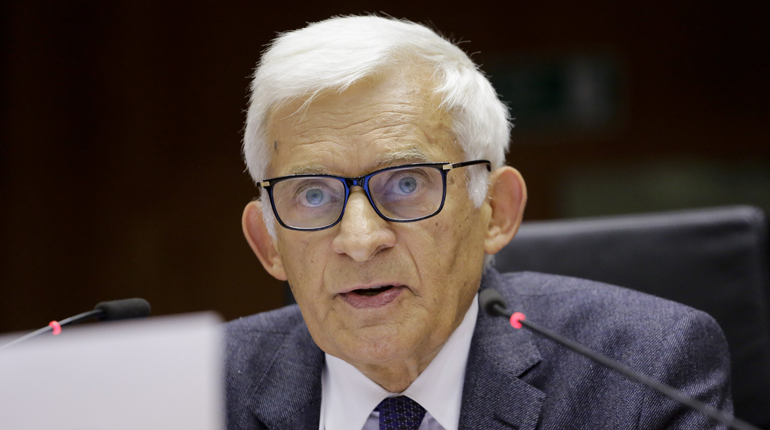Highlights
- Increased power demand during summer will limit the flexibility of LNG exports from GCC countries
- Sanctions and low oil prices may stop Iran from reaching its ambitious target of increased gas production
- Low global LNG prices are discouraging LNG exports from the Middle East and Africa
Economic overview
Nigerian gas production and LNG exports are being restricted by the weak global oil price, low LNG prices in key consuming markets and the country’s weakening macroeconomics.
Quarterly and annual year-on-year GDP growth rates
| Q2 2014 | Q3 2014 | Q4 2014 | 2014 | 2015 | 2016 | |
| Qatar | 5.7% | 6.0% | * 6.5% | *6.5% | *7.7% | *7.8% |
| Egypt | 3.7% | 6.8% | 4.3% | *2.2% | *3.5% | *3.8% |
| Saudi Arabia | 3.7% | 2.4% | 2.0% | *4.6% | *4.5% | *4.4% |
| Nigeria | 6.5% | 6.2% | 5.9% | *7.0% | *7.3% | *7.2% |
| South Africa | 1.3% | 1.6% | 1.3% | *1.4% | *2.3% | *2.8% |
Weak oil prices are discouraging oil exports from the country, reducing associated gas production as a result. Increasing condensate exports from the United States are also making Nigerian condensate less competitive in European and Asian markets, which in turn is pressuring gas production from Nigeria’s condensate fields (see Oil price drop hitting Nigerian LNG, January 2015). Almost 50% of Nigeria’s proven gas reserves are associated with oil, while most of the rest are in condensate fields.
In February, Nigerian Oil Minister Diezani Alison-Madueke announced the country may request an emergency meeting of OPEC if the oil rout continues. However, the country will struggle to convince other members to attend. Meanwhile, authorities are grappling with the persistent decline in the Nigerian naira against the US dollar, as well as soaring inflation. The dollar has risen by almost 20% year on year against the naira so far in 2015. Consequently, the Nigerian Central Bank pegged the naira to the dollar last month – a sign its monetary policies are having limited impact, which is an additional concern for investors.
Oman became the latest country in the Gulf Cooperation Council (GCC) to announce it may slash upstream investment in the medium to long term if oil prices remain around $50-60 per barrel. The Brent crude front-month futures price has averaged around $56/bbl so far this year. GGA expects gas production in Oman will increase by 2.8% – to 33.6 billion cubic metres – in 2016 from 2014. However, potential investment cuts will further constrain gas production growth, which will reduce LNG exports from the country.



